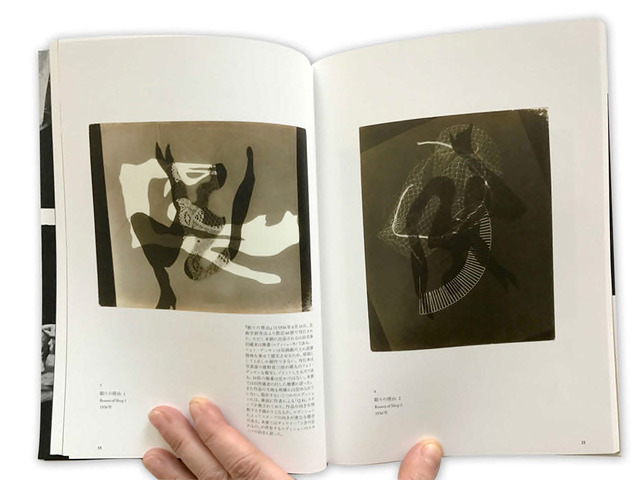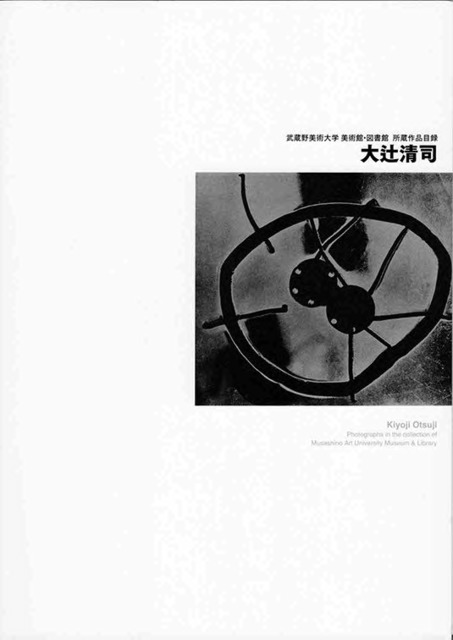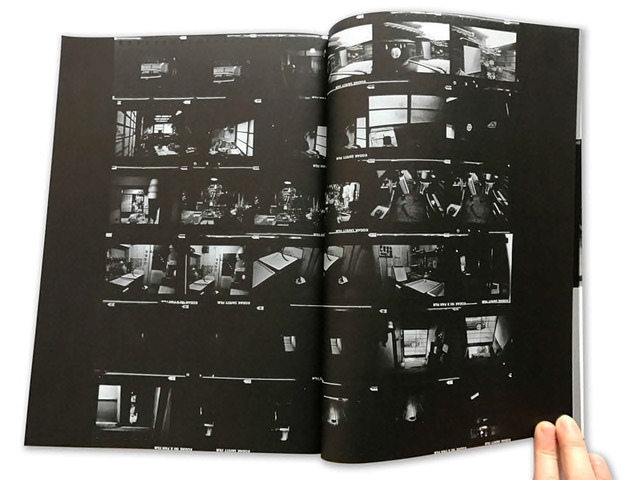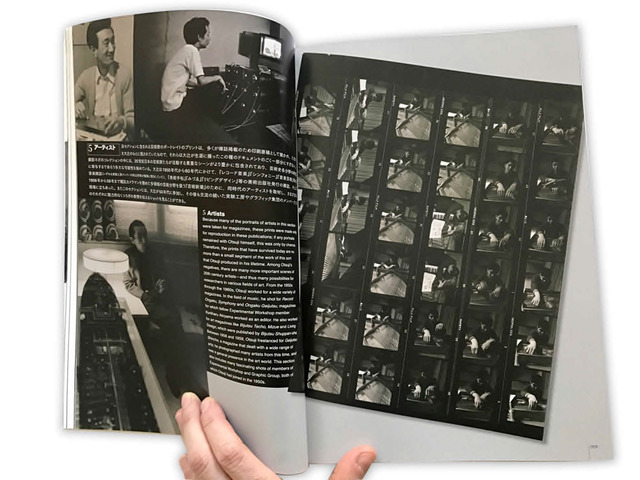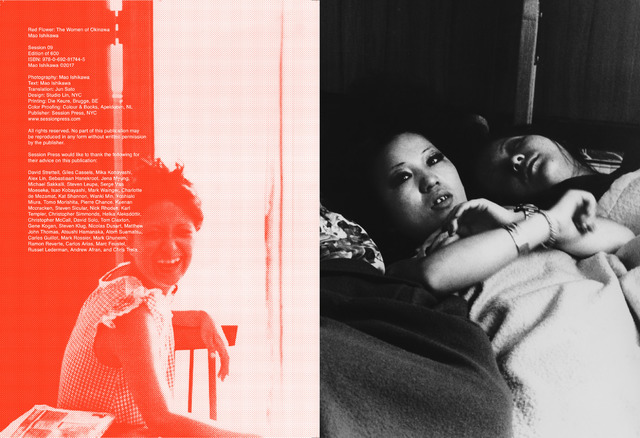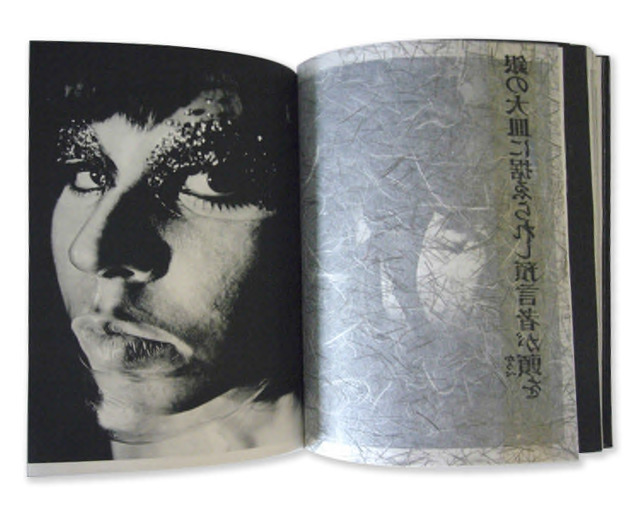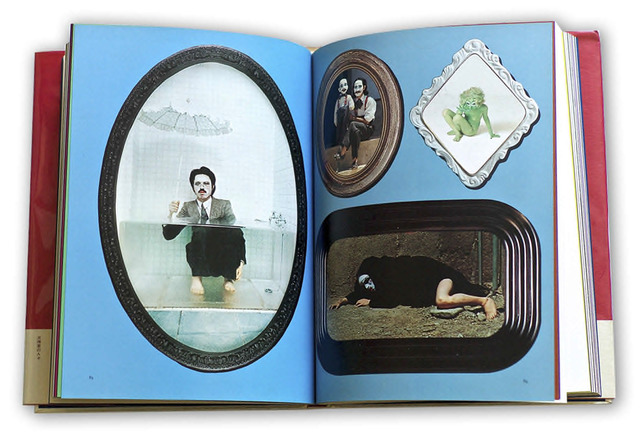Recent—and not so recent—Japanese Photobooks
Skip other details (including permanent urls, DOI, citation information)
: This work is licensed under a Creative Commons Attribution-NonCommercial-NoDerivatives 3.0 License. Please contact [email protected] to use this work in a way not covered by the license.
For more information, read Michigan Publishing's access and usage policy.
As I sort through the new photobook arrivals that spill over my desk, I am delighted to discover that many of the most engaging volumes are either bilingual exhibition catalogues, reference monographs, or new edits of important books by lesser-known photographers who deserve further attention outside Japan. Their achievements are notable for their visual experiments, social activism, and academic leadership. In an effort to draw attention to other important, but relatively unknown, postwar photographers, I’ve also included in my selection below two favorite under-the-radar historical photobooks from the 1970s.
Shogo Otani, ed. Ei-Q 1935-1937: Seeking the “Real” in the Dark
(Tokyo: The National Museum of Modern Art, 2016).
Ei-Q (whose real name was Hideo Sugita) first received attention in Japan in 1936 when he published Nemuri no riyu (Reason of Sleep), a limited edition volume of “photo-dessin” works. Drawing inspiration from surrealism and western contemporaries such as Moholy-Nagy and Man Ray, Ei-Q expanded the photogram technique to include patterns and cutouts of his own design. A multitalented artist, Ei-Q is also recognized for his paintings, collages, and printmaking. Covering the period before and after his famed Nemuri no riyu series, this bilingual exhibition catalogue serves to further introduce an important prewar Japanese photographer to an English-speaking audience.
Kinichi Obinata, ed. Kiyoji Otsuji: Photographs in the Collection of the Musashino Art University Museum & Library
(Tokyo: Musashino Art University & Library, 2016).
In 2008, photographer, writer, and educator Kyoji Otsuji’s widow donated a complete collection of her late husband’s prints, films, negatives, and personal documents to the Musashino Art University Museum & Library in Tokyo. Known only to a handful of scholars in the West, Otsuji is greatly admired in his native Japan for his considerable influence on several generations of photographers and photo-historians. Otsuji’s long career encompassed freelance work for fine art and commercial publications, membership in several experimental artist collectives (including the Jikken Kobo), critical writings and teachings that shaped the Konpora photography movement, and the mentoring of photographers Shigeo Gocho and Naoya Hatakeyama, among others. In 2012, Musashino held an exhibition to formally introduce the Kiyoji Otsuji archives. Since then, their continued research has resulted in this recently released bilingual publication that documents 1,613 Otsuji photographs within the Musashino collection.
Mao Ishikawa, Red Flower: The Women of Okinawa
(New York City: Session Press, 2017). Edition of 600.
An outspoken female photographer whose images are fueled by the distinctive political climate of her native Okinawa and the American military installations that populate the island, Mao Ishikawa is long overdue for greater recognition beyond Japan. Red Flower is a re-edit of images from her pioneering 1982 book, Atsuki Hibi in Kyampu Hansen (Hot Days in Camp Hansen). As an artist who doesn’t separate herself from her photographs and fully embraces her subject, the book evolved from Ishikawa’s employment in the Koza and Kin-Town bars catering to African-American servicemen from Camp Hansen. The black-and-white images she created from 1976-77, during her time as a hostess there, are “up front and personal” and focus on a community often looked down upon by her fellow Okinawans.
Tetsuya Ichimura, Salomé: Physical Psycho-Image
(Tokyo: Gendaishinsha, 1970). Limited to 500 copies.
This exquisite gravure printed book—with deep, inky, black-and-white images of female nudes that render the flesh in stark abstract forms—presents a surreal re-interpretation of Oscar Wilde’s depiction of the dangerous seductress Salomé. Known for his sexually charged nudes, Tetsuya Ichimura’s photographs were first introduced to western audiences in 1974 when John Szarkowski and Shoji Yamagishi included him in their landmark exhibition, New Japanese Photography, at New York’s Museum of Modern Art. Salomé is a superb example of the design and attention to detail found in Japanese photobooks of the 1970s.
Shuji Terayama, Photothèque Imaginaire de Shuji Terayama: Les Gens de la Famille Chien Dieu
(Tokyo: Yomiuri Shimbun, 1975).
A wildly extravagant and absurd collection of images, this book presents text and photos of Shuji Terayama’s Tenjo Sanjiki theater troupe performers as a “souvenir photo album” composed from elaborate photomontages. The outrageously staged scenes in this book highlight the groundbreaking happenings and performances of one of Japan’s most inventive theatrical impresarios of the postwar period.
Russet Lederman teaches art writing at the School of Visual Arts in New York and writes on photobooks for print and online journals, including FOAM, The Eyes, IMA, Aperture and the International Center of Photography’s library blog. She is a co-founder of the 10×10 Photobooks project.





